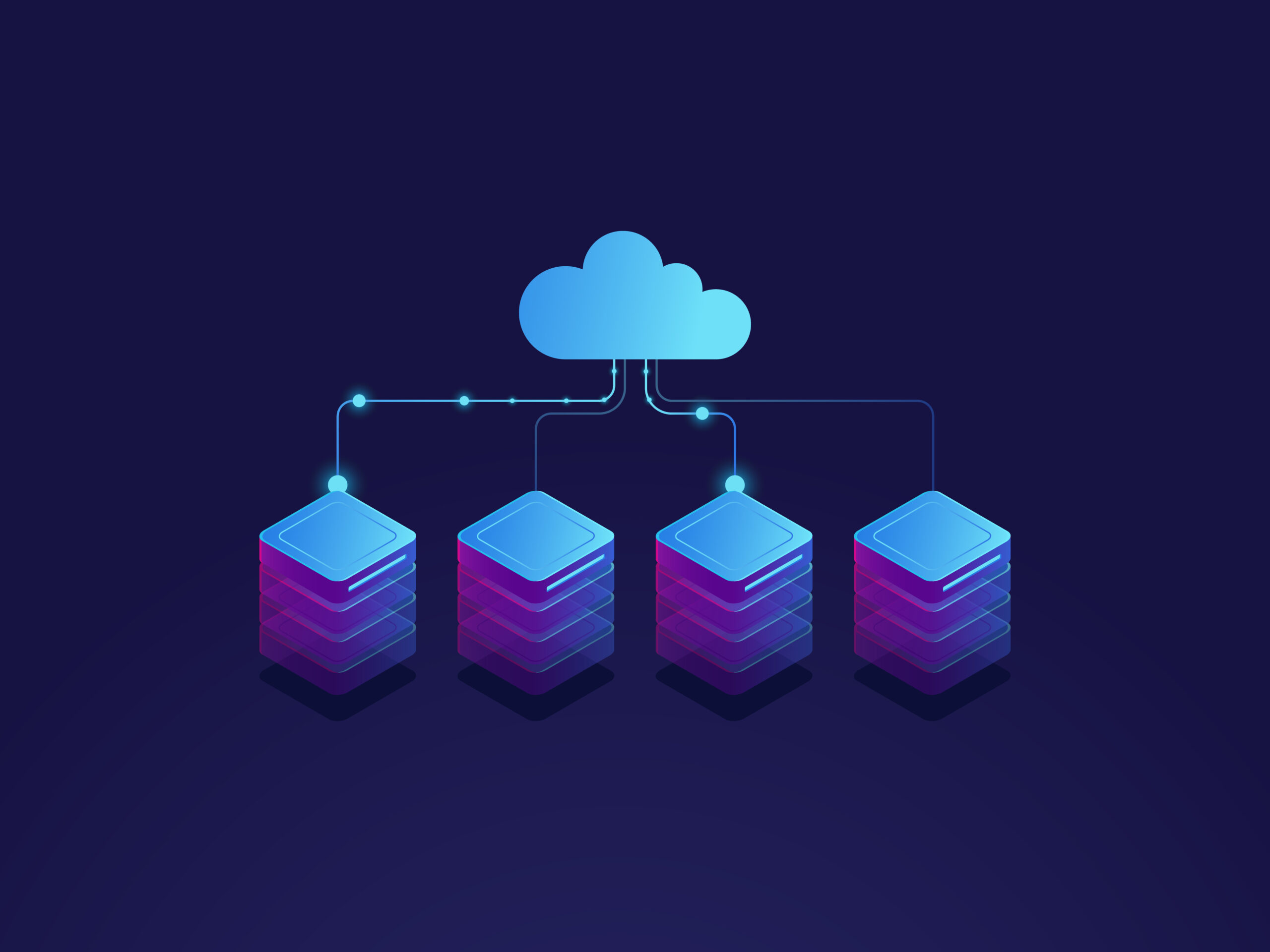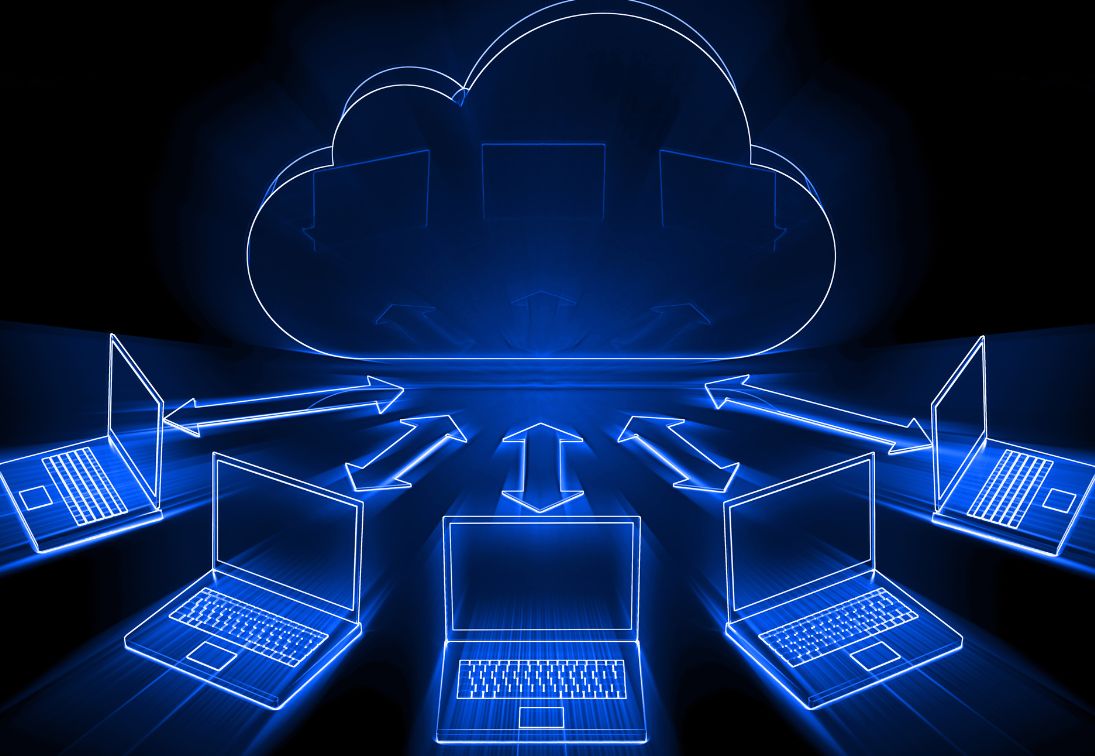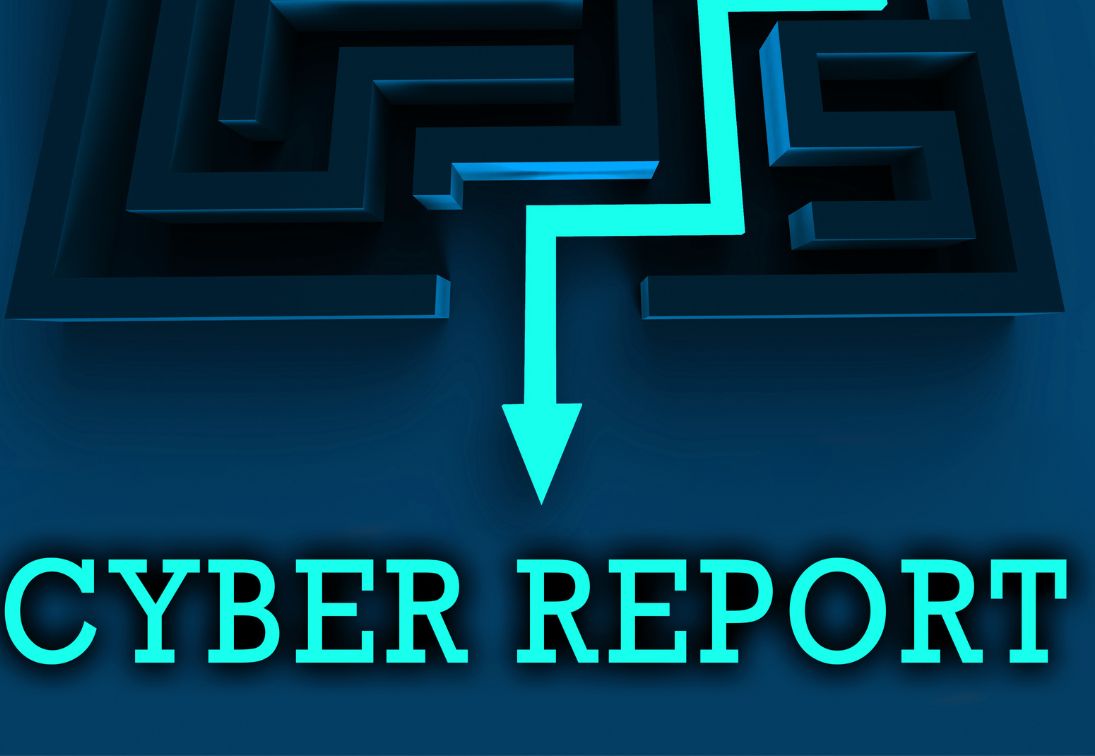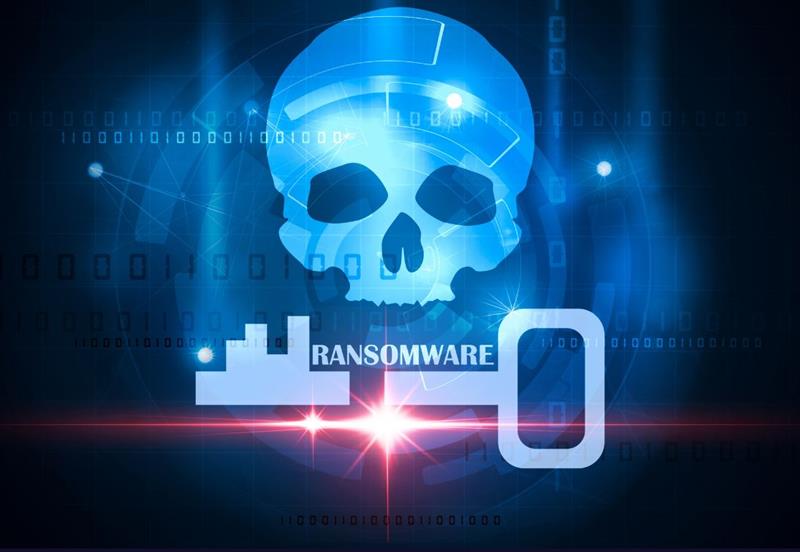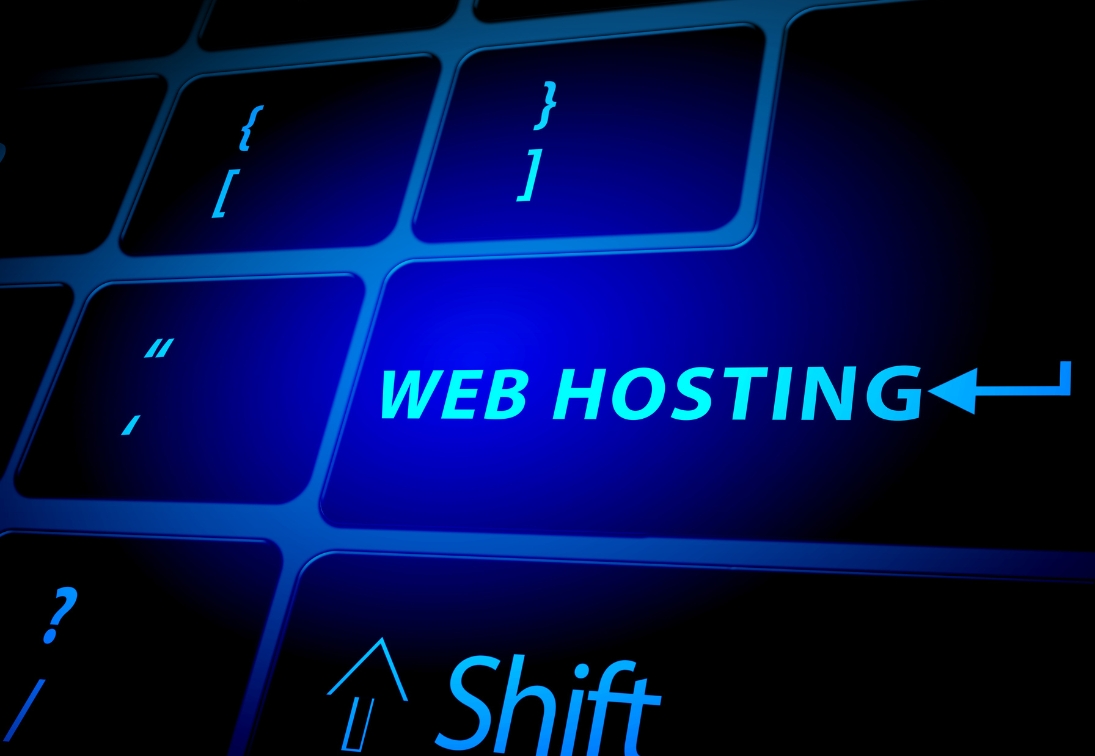Hosting Systems and Data: Introduction
In the digital age, more and more organizations are choosing hosting services as the basis for their IT infrastructure – a solution that ensures stable, flexible, and secure access to an online work environment.
But a fundamental question arises again and again: Who is responsible for the information? Is it the responsibility of the supplier? The customer? Or both?
But a fundamental question arises again and again: Who is responsible for the information? Is it the responsibility of the supplier? The customer? Or both?
To answer this, it is important to understand the types of hosting services that exist, and how responsibility is divided in each model.
Types of hosting services – and what is the difference between them?
Hosting services allow organizations to rent computing resources – servers, storage, connectivity, and infrastructure – from an external provider, instead of setting up and maintaining them within the organization.
Common types include:
- Shared Hosting: Multiple clients share the same server resources.
- Dedicated Hosting: Each customer receives a dedicated physical server.
- VPS (Virtual Private Server): A physical server divided into several isolated virtual servers.
- Cloud Hosting: Dynamic resource allocation according to customer consumption.
- Colocation: The customer brings their servers and the provider provides the infrastructure (electricity, cooling, network).
Each of them has different characteristics of control, responsibility, and management, and this must be understood well before making a choice.
Who is really responsible for the data?
Unlike a public cloud environment where there is a (Shared Responsibility Model), in hosting services the distribution of responsibility varies depending on the type of service.
Customer responsibility:
- Information management and security: Protection against leaks, cyberattacks, and unauthorized use is the responsibility of the organization.
- Regulatory compliance: including standards such as GDPR, ISO 27001, Privacy Protection Act, PCI-DSS.
- Backups and data recovery: Unless a managed service is purchased, the responsibility for backing up the data lies with the customer.
- Access control and permissions: User management, passwords, MFA, and access policies – an internal responsibility of the organization.
Hosting provider responsibilities:
- Infrastructure maintenance: hardware availability, troubleshooting, electricity, cooling, connectivity – according to SLA.
- Network and hardware security: monitoring physical threats and protecting data centers.
- Hardware updates and power backup: responsibility for environmental integrity.
- Backup services (if included): Only if a contract is signed that explicitly includes this.
Backup services (if included): Only if a contract is signed that explicitly includes this.
How do you make sure that the information is really safe?
Risk management and information security in a hosting environment require a proactive, aware, and updated approach:
- Encryption of sensitive information – in transit and at rest (TLS, AES).
- Choosing a reliable provider – with clear standards, transparency, and a binding SLA.
- Advanced permissions management – using MFA, RBAC, professional identity management.
- A clear backup strategy – including recovery scenarios, testing frequency, and storage in separate areas.
- Continuous monitoring and control – integration of SIEM, IDS/IPS systems, log analysis.
- Exit Strategy: To ensure that you can transition to another provider smoothly and safely.
Summary: Control is in your hands
Hosting services give the organization quick and convenient access to infrastructure – but responsibility for the information, regulatory compliance, and operational continuity – are your responsibility.
Before choosing a hosting provider or switching:
- Is there a clear information security policy?
- Has a regulatory compliance check been performed on the supplier?
- Do you have full control over permissions, backups, and monitoring?
Professional hosting is much more than a technology solution – it’s a strategic decision. And ultimately – an organization’s information is its most important asset. The real question is:
How do you maintain it?
Need professional guidance? Information security consulting for businesses
Cybersecurity and IT – Two Words, One Solution


